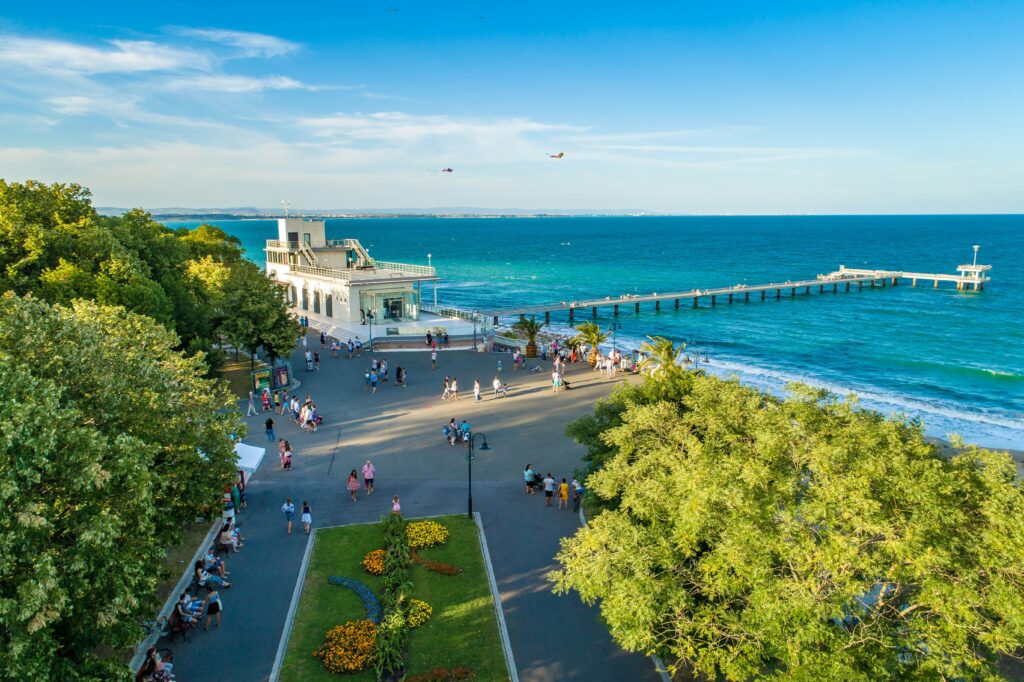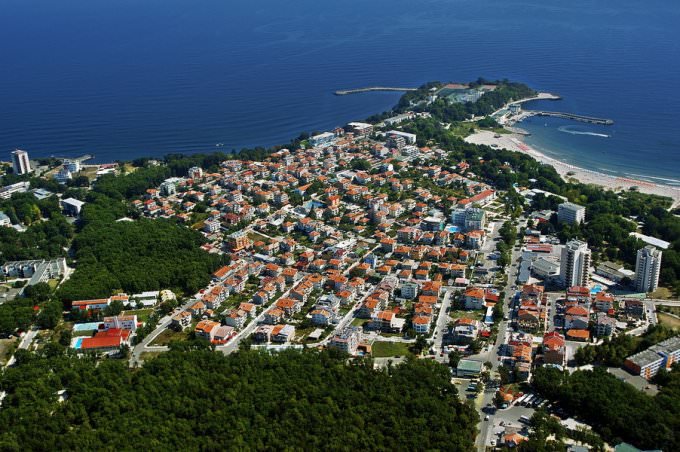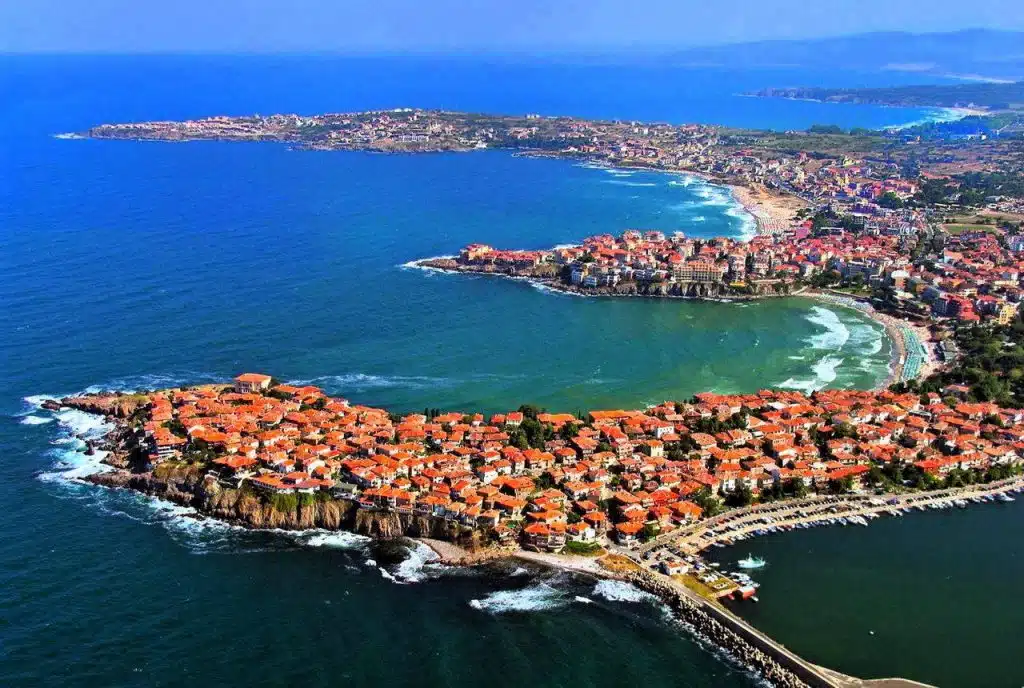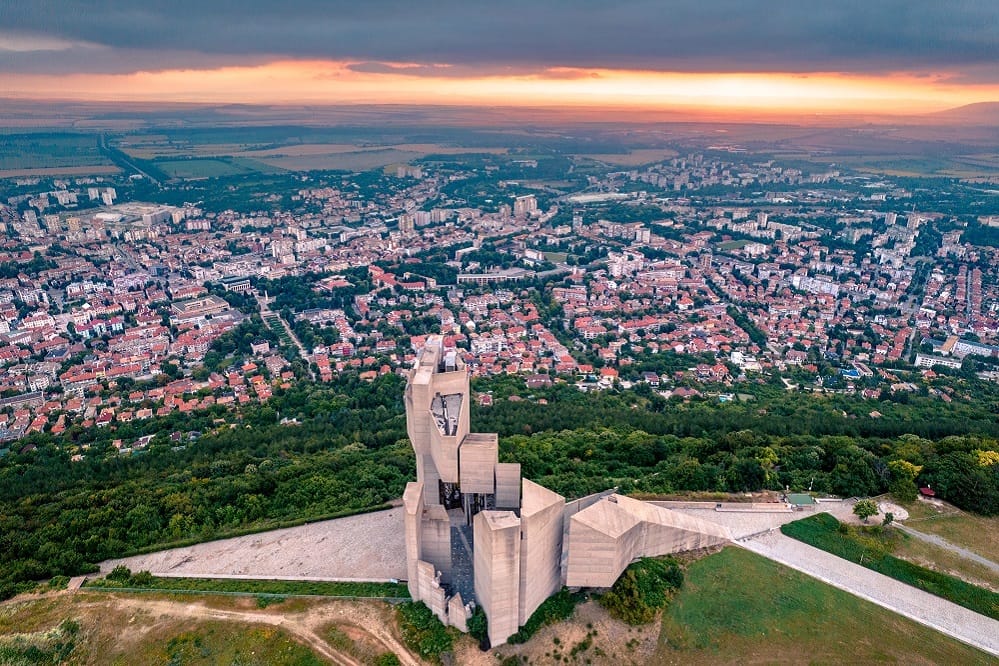Kamchiya is one of the most peaceful locations on the Black Sea coast. It stands out for its unique combination of river, sea, and forest. While not as popular as Golden Sands or other large resorts in the Varna region, Kamchiya attracts visitors who want nature and space.
The Kamchiya River
The Kamchiya River flows directly into the Black Sea. Along its banks, you’ll find the Kamchiya Biosphere Reserve. This protected area is full of rare plants and wildlife. You can take a boat trip through the floodplain forest, watching birds and fish in their natural setting. The slow pace of the river adds to the calm experience.
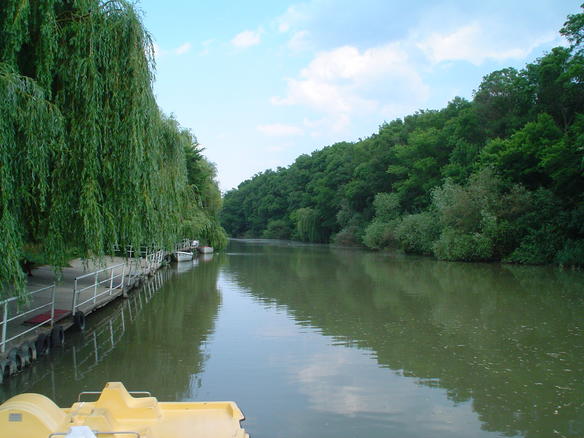
The Beach
Kamchiya’s beach is long, sandy, and quiet. It is ideal for walking, sunbathing, or simply listening to the waves. There are no loud clubs or crowds here. Many visitors come just for a day to enjoy the simple atmosphere. The forest runs close to the shoreline, creating a special feeling of being surrounded by nature.
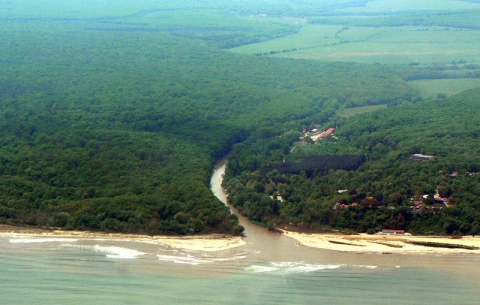
Getting to Kamchiya
Kamchiya is located just 25 kilometers south of Varna. The drive is smooth and scenic, with views of the coast and countryside. Many travelers staying in Golden Sands or central Varna often take a half-day trip to Kamchiya. If you don’t want to rely on buses or tours, My Rent a Car offers reliable rental options directly from Varna Airport or city offices.
Activities and Facilities
Besides the beach and the river, Kamchiya offers other experiences. There are marked eco-paths through the forest. Visitors can rent kayaks or join guided nature tours. Children especially enjoy spotting turtles, herons, and frogs. Simple cafes and picnic areas make it easy to spend an entire day outdoors.
A Quiet Change of Pace
Kamchiya is not built for nightlife or luxury. Instead, it offers peace, fresh air, and space to disconnect. Visitors often describe it as the place they didn’t plan for but ended up loving. Its charm lies in its raw, untouched surroundings. For people who want a short break from the busier parts of the Varna region, this is the ideal spot.

